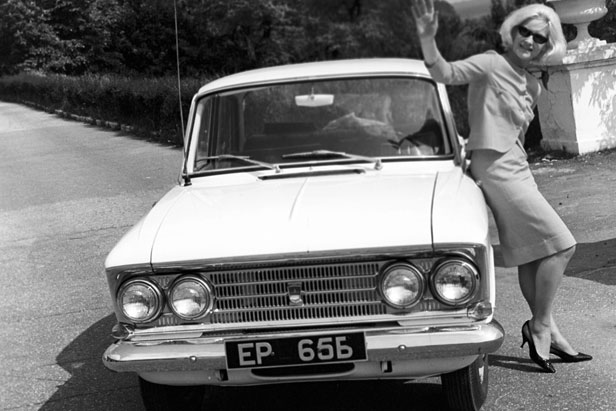
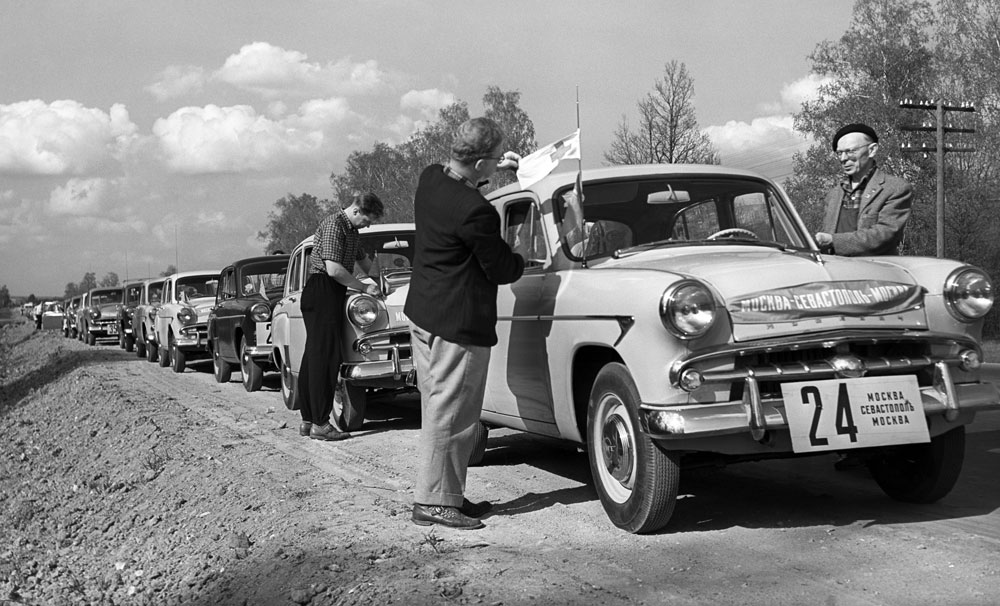
In the 1950-60s Moskvich did not rest on its laurels. The plant produced tens of thousands of new cars yearly and churned out plenty of new models, including the highly successful saloon car Moskvich-407, which received an award at Expo 58 in Brussels. //Rally Moscow-Sevastopol. 1959
TASS
On November 6, 1930, the Soviet government proudly announced the opening of the new Moskvich automotive plant. The car factory, whose name literary means "Muscovite", was one of the pioneers of the Soviet automotive industry, alongside AMO ZIL.
Boris Ushmaikin/RIA Novosti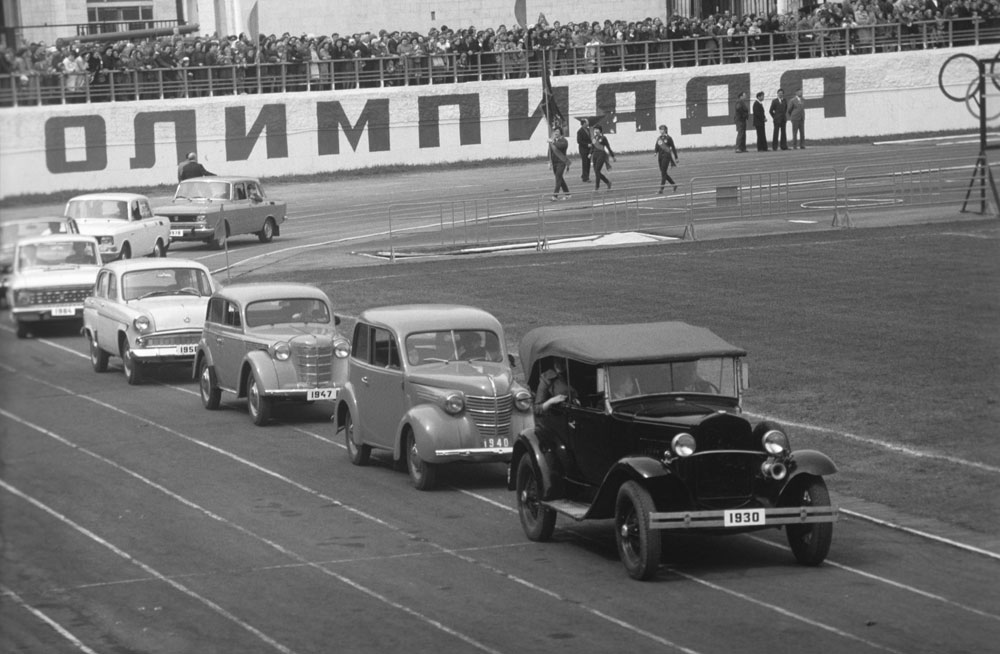
But the Soviets succeeded all on their own. The new car plant soon stopped producing Ford vehicles and switched to assembling GAZ models at another motor factory in Gorki (now Nizhny Novgorod).
Boris Yelshin/RIA Novosti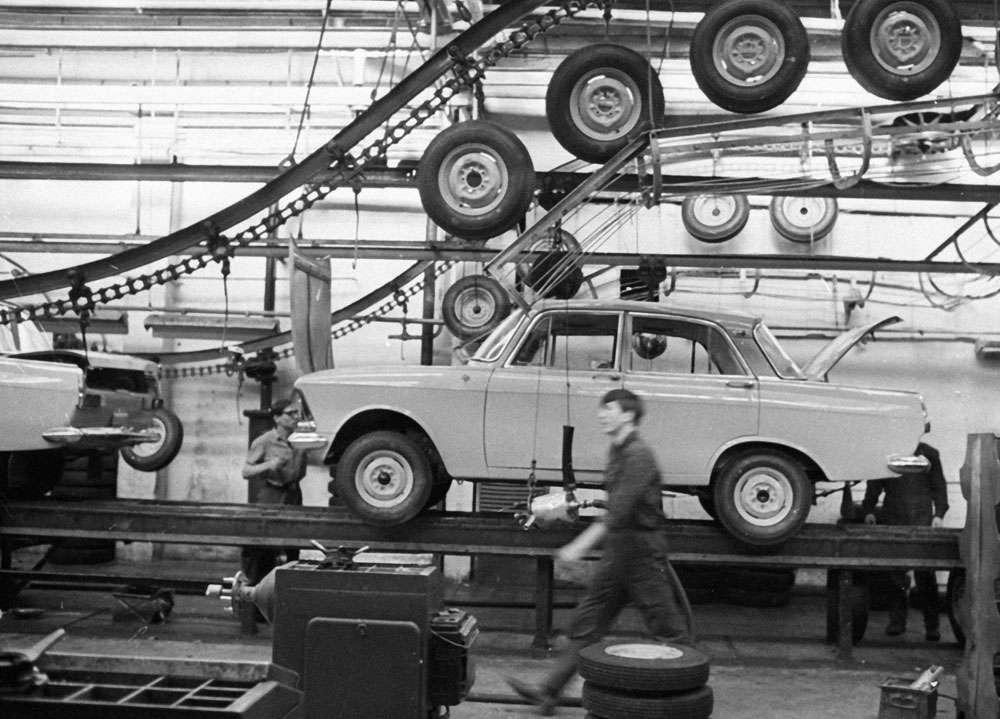
During the Second World War, the Moskvich plant was relocated to Sverdlovsk (now Yekaterinburg) in the Urals, where it produced military hardware.
Boris Ushmaikin/RIA Novosti
The Soviets invited US professionals from Ford Motor Company to install production facilities and world-renowned assembly lines. The experts from Detroit were keen to conquer the USSR with their highly successful Model A.
Lori/Legion Media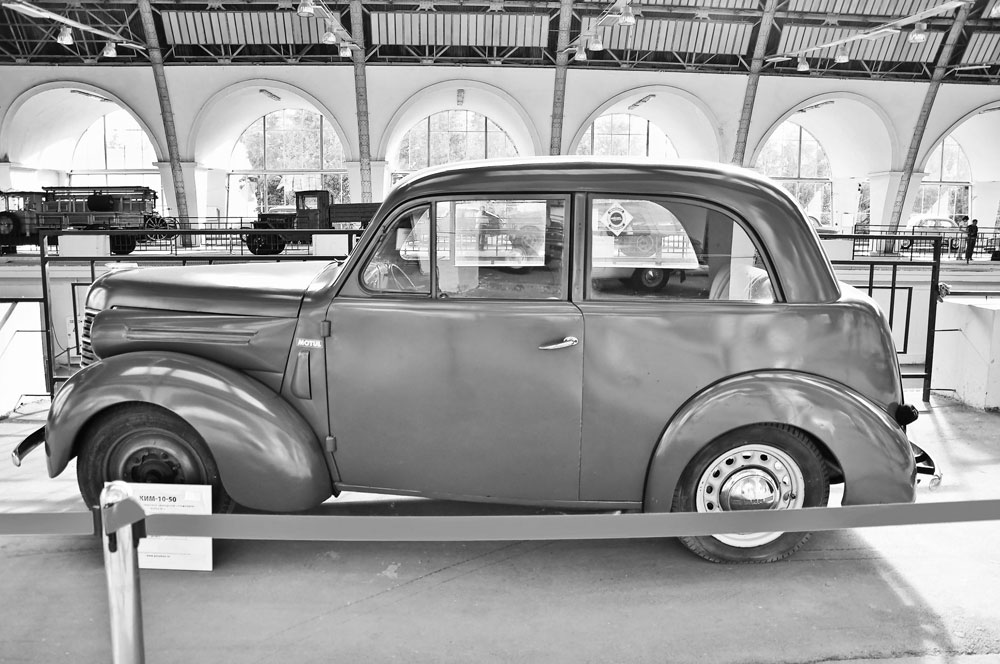
In 1939 the factory produced its first compact car, the KIM-10, solely from home-made parts. This car is now a rarity, since the plant managed to assemble just 450 units before the Nazi invasion in June 1941.
Lori/Legion Media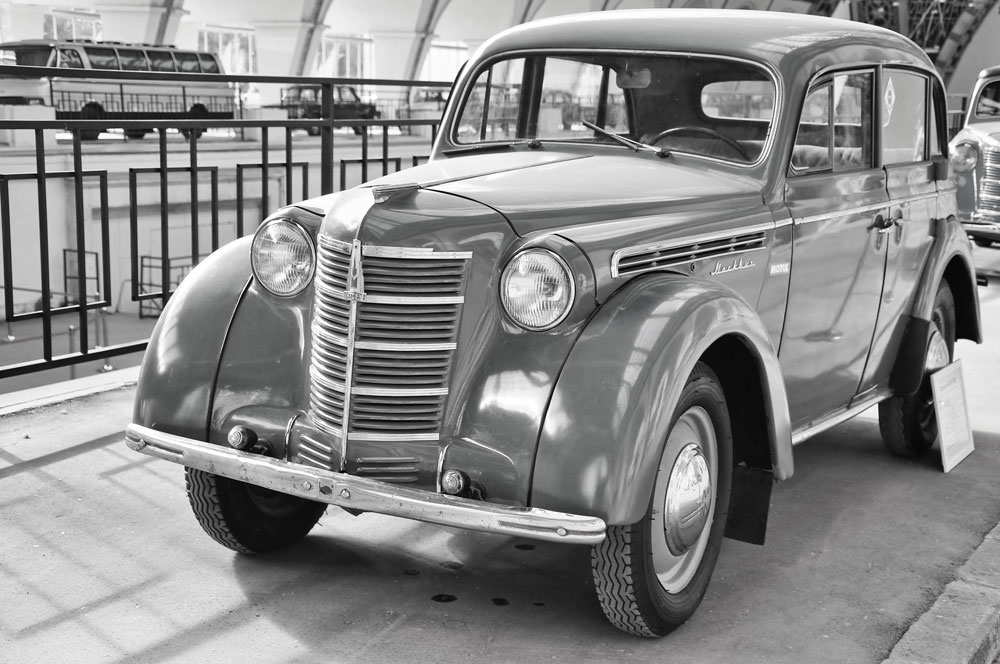
After the capitulation of Nazi Germany, the Soviets acquired the entire Opel manufacturing line in Brandenburg. The brand-new Moskvich-400, which rolled off the production line in 1947, was in fact a re-engineered Opel Kadett.
Lori/Legion Media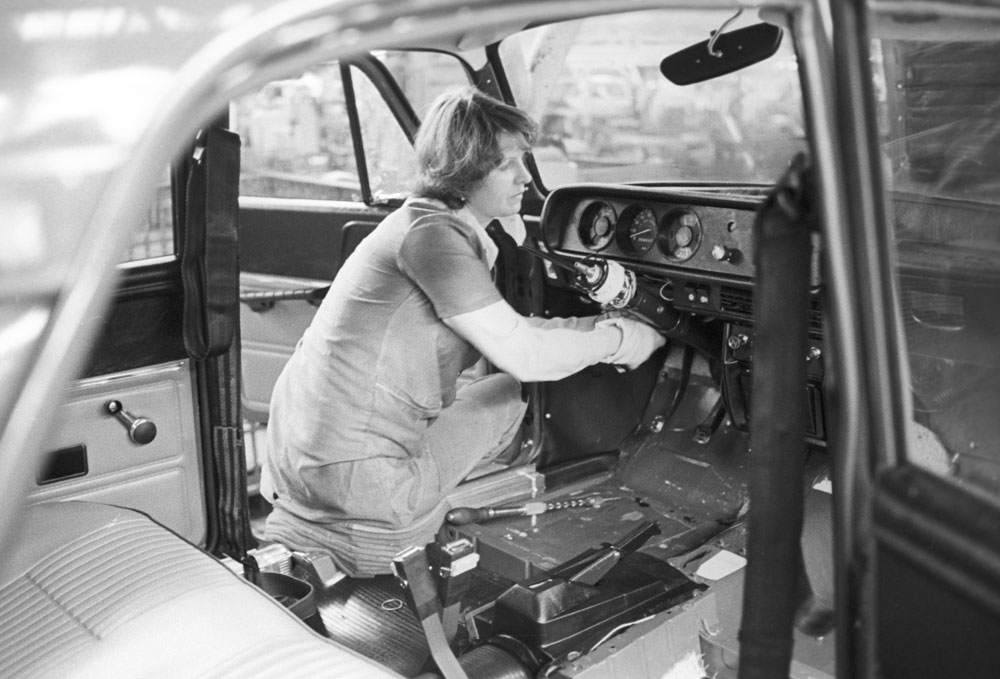
But Soviet carmakers did not rely solely on German technology. The following models of the 400-line acquired new features, heavier engines, a more robust body and a fancier appearance.
Vladimir Granovsky/RIA Novosti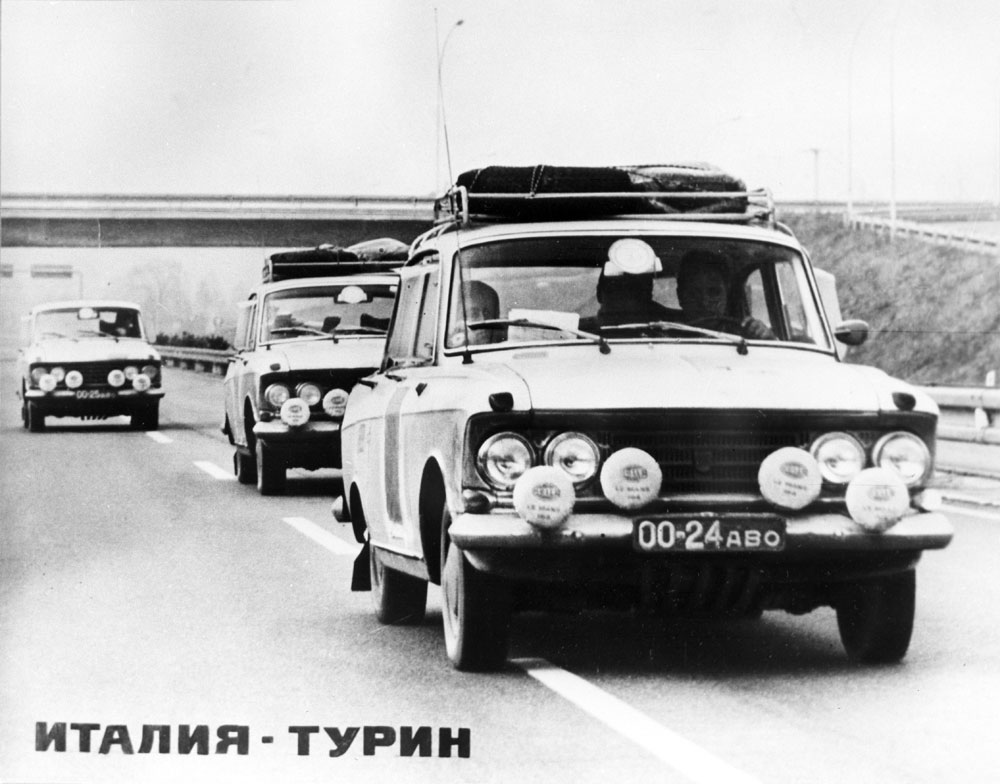
Originally a compact car manufacturer, Moskvich turned out to be a versatile brand with saloon, wagon and even racing models. //Moskvich racing crew outside Turin during the London-Sydney rally
RIA Novosti
In the 1950-60s Moskvich did not rest on its laurels. The plant produced tens of thousands of new cars yearly and churned out plenty of new models, including the highly successful saloon car Moskvich-407, which received an award at Expo 58 in Brussels. //Rally Moscow-Sevastopol. 1959
TASS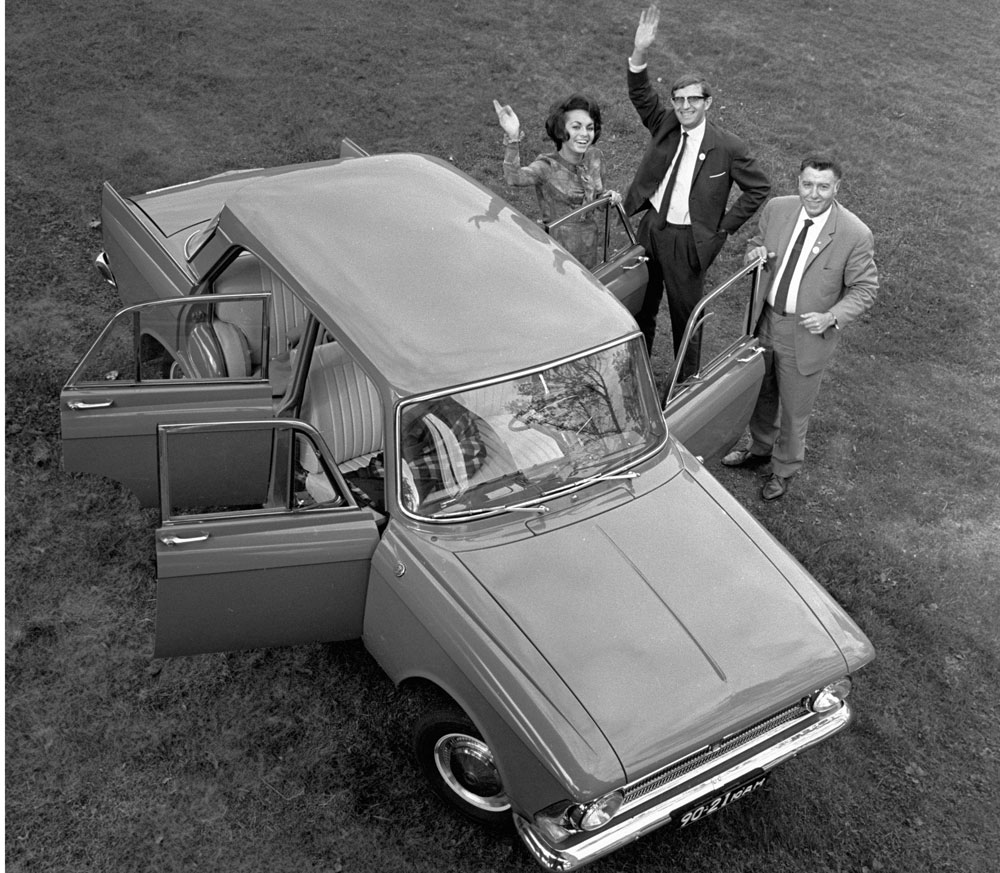
In the 1970s, Moskvich exported half its output.//A Belgian family poses with the new Moskvich-408
Yury Abramochkin/RIA Novosti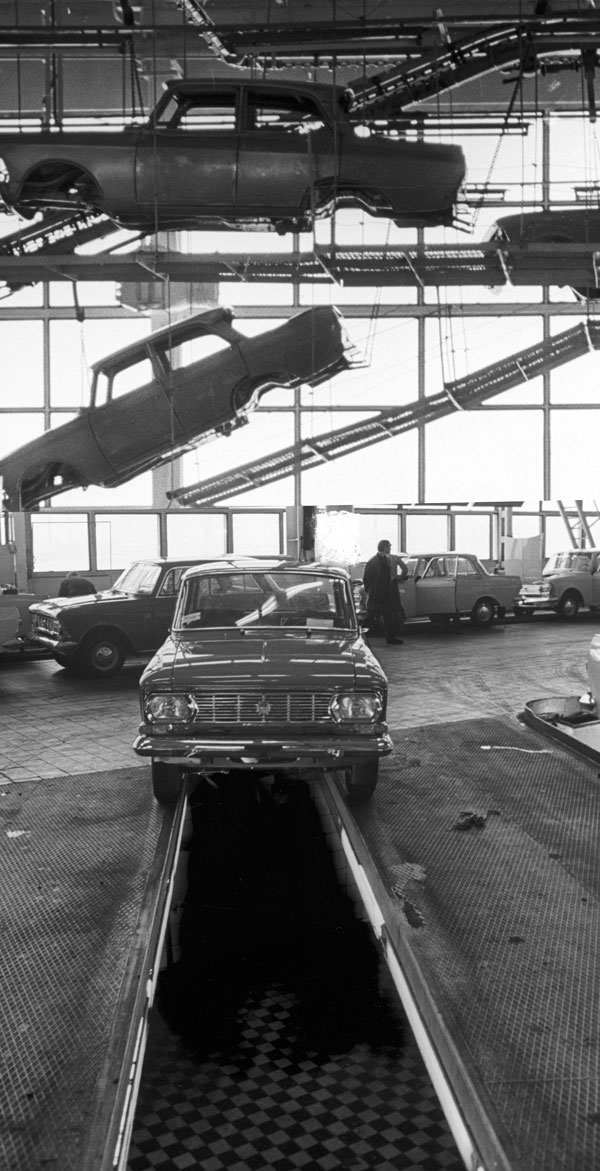
On the domestic market, the 412 model was a hit with its affordable price and reliability on substandard roads.
RIA Novosti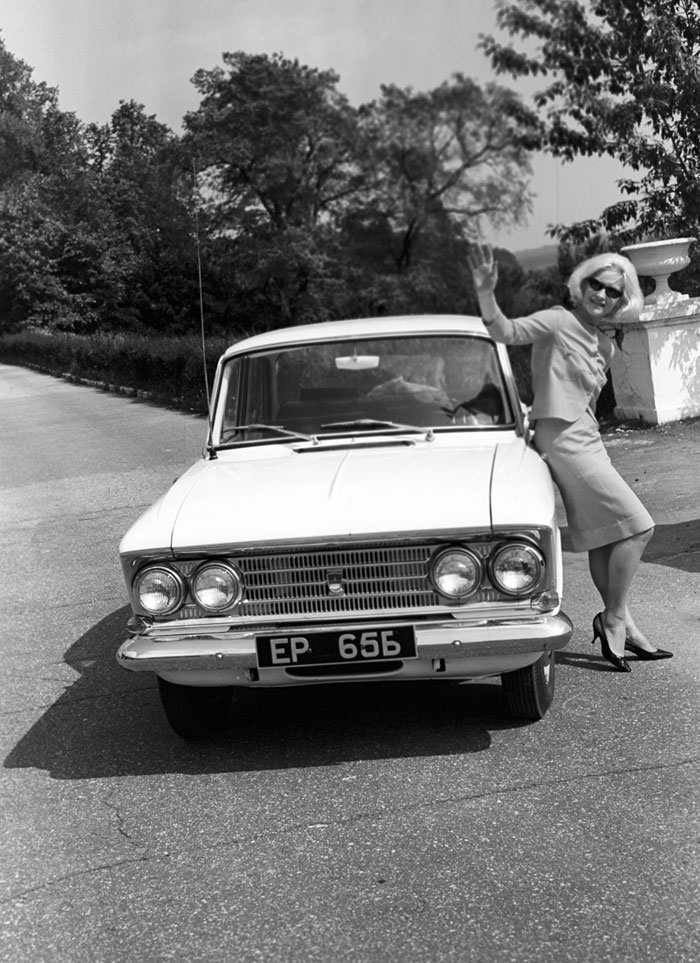
As Volga and Lada vehicles were in short supply under the Soviet planned economy, it was Moskvich that could really make the dream of having a personal car come true.
S.Blokhin/RIA Novosti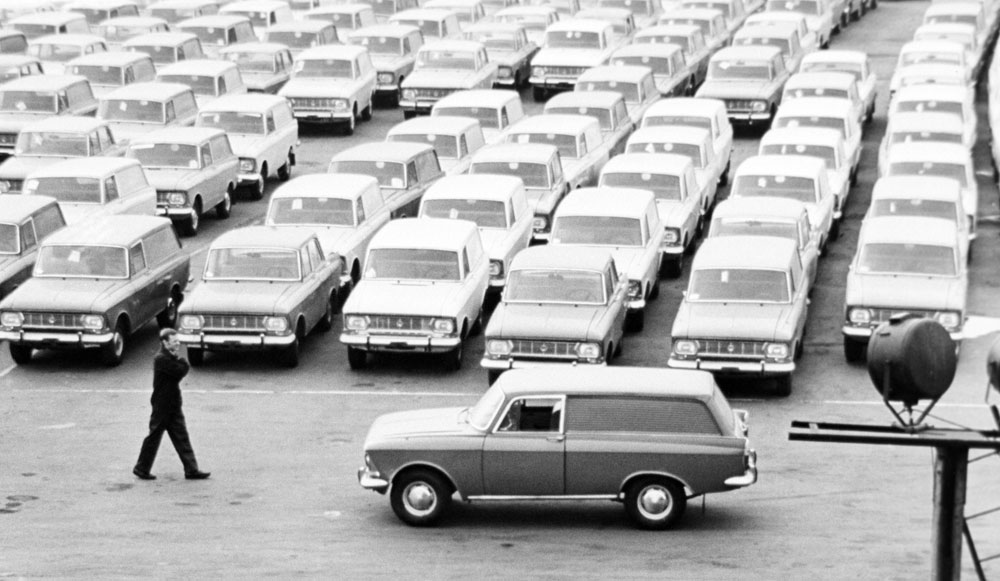
Moskvich faced the first signs of decline in the mid-1970s, as it failed to keep up with the pace of the automotive industry. Its new models 2140 and 2141 left much to be desired in terms of both interior and exterior.
TASS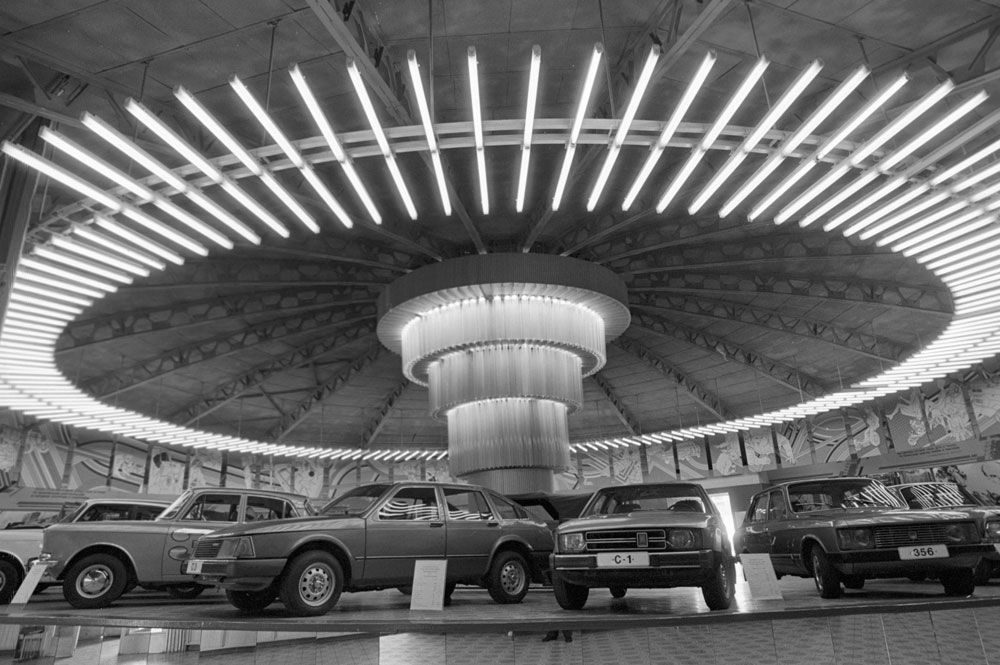
The economic crisis of the 1990s sealed the fate of this once successful producer. After the ruble devaluation of 1998, Moskvich was crippled with debt and insolvent. In 2001 the company closed its production line, and in 2006 filed for bankruptcy.
A.Solomonov/RIA Novosti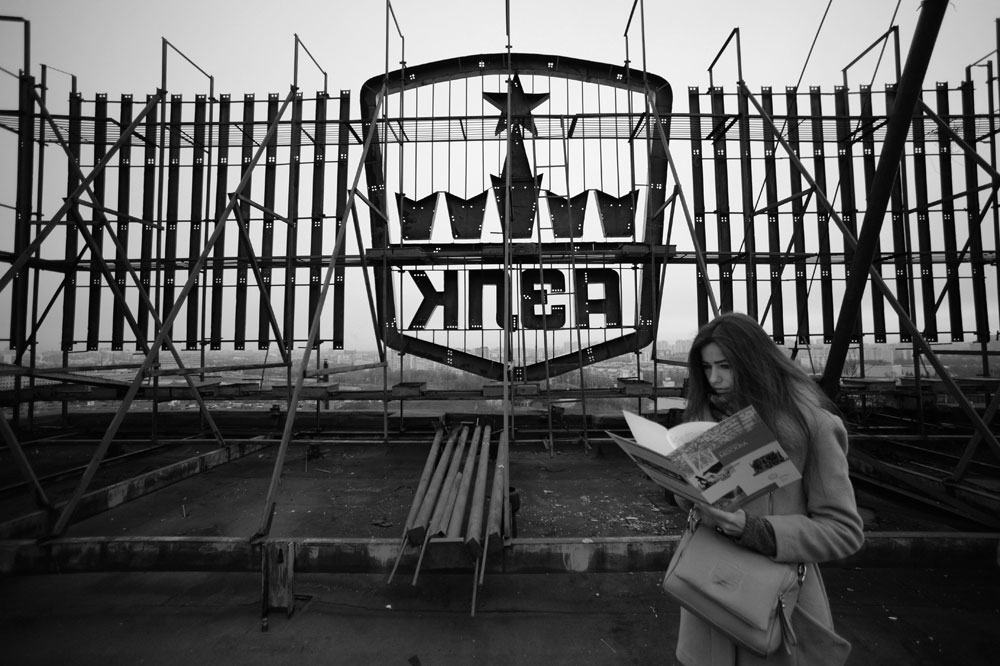
The Moscow authorities announced in March 2015 that the former site of the plant in south-east Moscow would be converted into offices and hotels. //A woman stands on the rooftop of the Moskvich building
Artyom Zhitenev/RIA NovostiAll rights reserved by Rossiyskaya Gazeta.
Subscribe
to our newsletter!
Get the week's best stories straight to your inbox